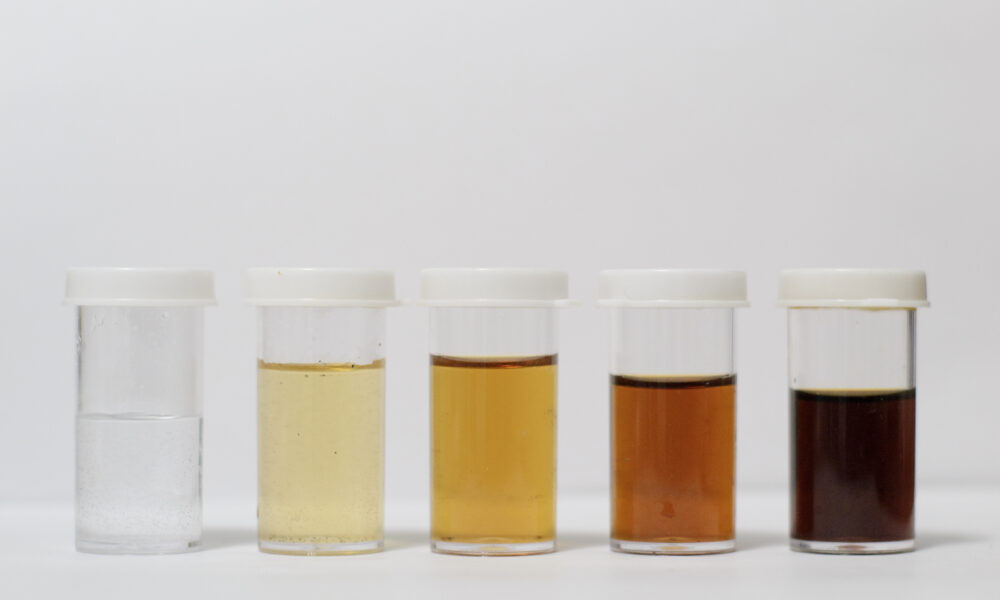As McGill students, we rely on access to clean water from the city’s infrastructure, but few of us know where our water is actually coming from, how it is filtered, or where it goes once we are done using it. Every day, the city must clean, store, and distribute water for over two million Montreal residents, each requiring an estimated 367 litres of drinkable water per day.
The filtration process, a crucial step where contaminants are removed from our drinking water, requires constant research to ensure that the treatment technology is keeping water safe to consume.
“The extensive number of [potentially dangerous] compounds makes it impractical to monitor them all,” Viviane Yargeau, a professor in McGill’s Department of Chemical Engineering, wrote in an email to The Tribune. “New compounds continually enter the market, and evolving evidence may necessitate further investigation into initially deemed safe substances.”
Yargeau and a team of researchers at McGill are helping push this research forward by focusing on several chemicals that have not received much attention in the past.
In a recent paper published in Science of The Total Environment, they performed an analysis of filtration efficiencies for a selection of flame retardants, which help slow the spread of fire in materials like clothing and furniture, and of plasticizers, which make plastics more flexible. These chemicals, while useful and pervasive in modern materials, are harmful if consumed.
While some specific flame retardants and plasticizers have been banned, new chemicals often pop up to replace older ones.
“The replacement compounds aim to substitute those deemed environmentally hazardous or potentially impacting human health, often replacing banned ones or substances of concern,” Yargeau wrote. “Assessing their removal during treatment is crucial, as predicting their ease or difficulty of removal is almost impossible.”
To address this, Yargeau’s research compared the efficiency of these new replacement chemicals with their older counterparts, referred to as “legacy chemicals.”
Overall, they discovered minimal levels of polybrominated diphenyl ethers (PBDE)—legacy flame retardants—across the board. This could be due to PBDEs’ hydrophobic nature, leading them to be more concentrated in drier materials like sludge and sediment. On the other hand, their samples often contained organophosphate esters (OPEs), replacement flame retardants. Although the removal of OPEs was generally effective, it varied by chemical—ranging from close to no removal for certain compounds to as high as 90 per cent efficiency for others.
In terms of plasticizers, the team looked at eight different chemicals. Despite achieving a total removal rate of 96 per cent, they observed higher levels of replacement plasticizers in finished drinking water than they did in legacy ones.
For certain chemicals, the team even found negative removal efficiencies, indicating higher chemical levels in the finished drinking water than in the untreated water. While this might suggest contamination introduced during treatment, it could also be attributed to inconsistencies in the sampling process.
Collecting representative samples in a water treatment plant is no easy task, as water cycles through different stages of treatment throughout the day, and target chemicals are generally found in extremely low concentrations. Grab sampling—the practice of relying on just one or two samples—is an easy option but can produce unreliable data.
“Briefly put, grab sampling overlooks concentration variations over time and fails to consider the time lag in water flow through the treatment plant,” Yargeau explained. “Reliable data necessitates collecting samples that capture daily variability and staggering the sampling to track the same water through the treatment process.”
To ensure they were collecting reliable data, Yargeau and her team took samples every 15 minutes over the course of three days in the summer of 2020. Additionally, the team took samples from each stage of the water treatment process, carefully adjusting the sampling times to account for differences in the individual treatment units.
Yargeau’s research, which is some of the first to target chemicals like PBDEs, OPEs, and plasticizer replacements, demonstrates the need for careful studies on both legacy and replacement versions of these common but dangerous compounds.








